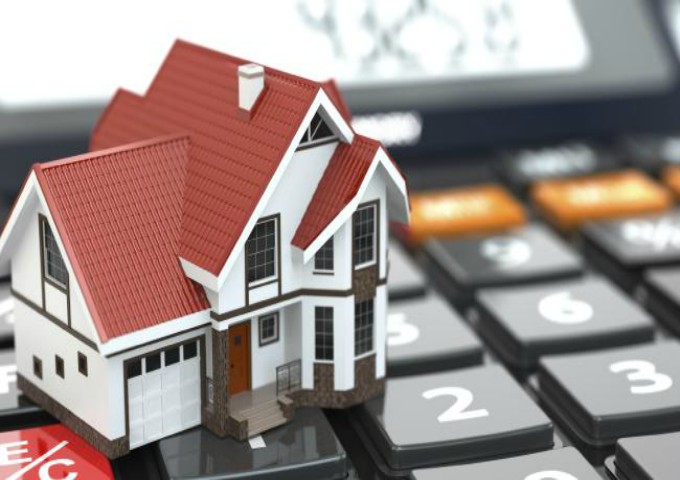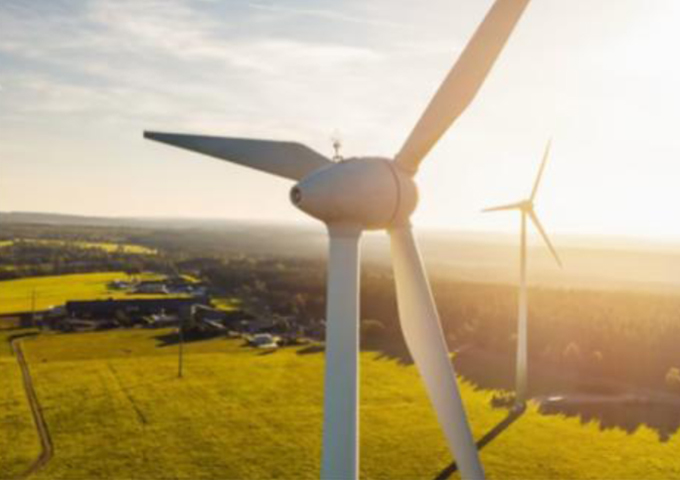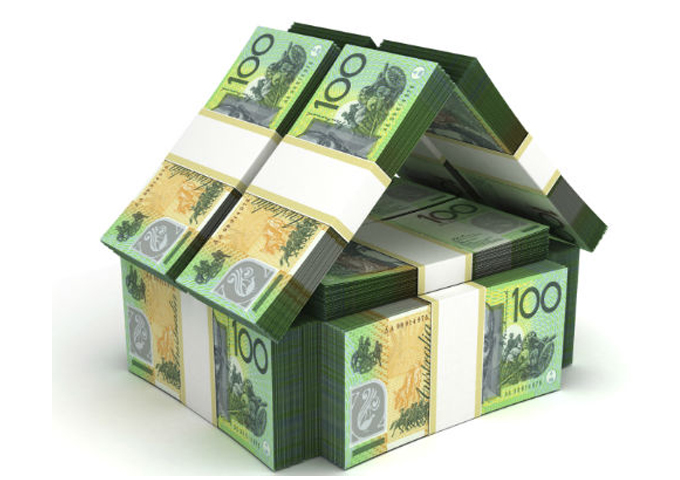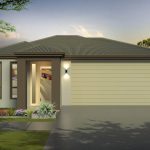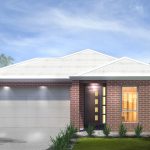Victoria is Australia’s Top State Economy
Strong population growth and healthy housing construction activity has helped Victoria climb to the top of Commsec’s quarterly economic performance rankings.
Victoria claims top spot for the first time since CommSec began rating the relative performance of the states a decade ago.
The report measures eight areas for the quarter against the decade average – economic growth, population growth, housing finance, construction work, retail spending, equipment investment, unemployment and dwelling starts.
Victoria topped the national average rates in six of the eight indicators.
NSW fell from the number one spot for the first time in almost four years, slipping in five of the eight indicators.
NSW’s weakened housing sector has pushed it into second place behind Victoria.
“Economic acceleration appears to have reached a climax and house prices may be the reason,” the report said.
Last week, Sydney’s median house price recorded its biggest annual drop since the GFC – down 4.5 per cent in the year to June.
Melbourne held onto positive property price growth over the year notwithstanding a 2 per cent fall to the median prices over the last three months.
However, economic conditions in NSW remain strong and with the report noting there was still “little to separate” it from Victoria.
Western Australia had the lowest economic state ranking last quarter as it continues to recover after a downturn in the mining sector.
The ACT reclaimed top spot with the number of commitments up by 19.8 per cent, but fell behind almost every other state on dwelling stats.
Housing finance was up 19.8 per cent on the decade average in May, continuing a trend where more home loans have been taken out in the capital territory than the average over the past 10 years.
There has been just one change in the rankings with Tasmania moving past NSW into third position.
In five of the states and territories trend housing finance commitments are above decade averages.
NSW is now in second spot behind Victoria, with starts 42.2 per cent above decade averages.
Home building remains strong in NSW and Victoria due to above “normal” population growth, but there is then a fair gap to the other states and territories.
However, the report noted that commencements are slowing with only Tasmania and Victoria posting a lift in trend starts in the March quarter.
Victoria led the way on construction work at 28.6 per cent above the decade average, besting NSW on 27.9 per cent in the March quarter.
At the other end of the scale, in Western Australia, construction work done in the March quarter was 36.7 per cent below the decade-average, behind Queensland, with construction work down 17.7 per cent on decade averages and Tasmania down 0.7 per cent.
Looking ahead, Tasmania may be the up-and-comer, according to the report, with the island state topping growth on four of the eight economic indicators.
Hobart’s median house price jumped 4.2 per cent to a new high, while CommSec’s data showed annual population growth is running at its strongest level in eight years.
There are positive prospects for the Western Australia economy. Population growth is now the fastest in more than two years and equipment investment is at the highest levels in three years.
SOURCE: THE URBAN DEVELOPER
